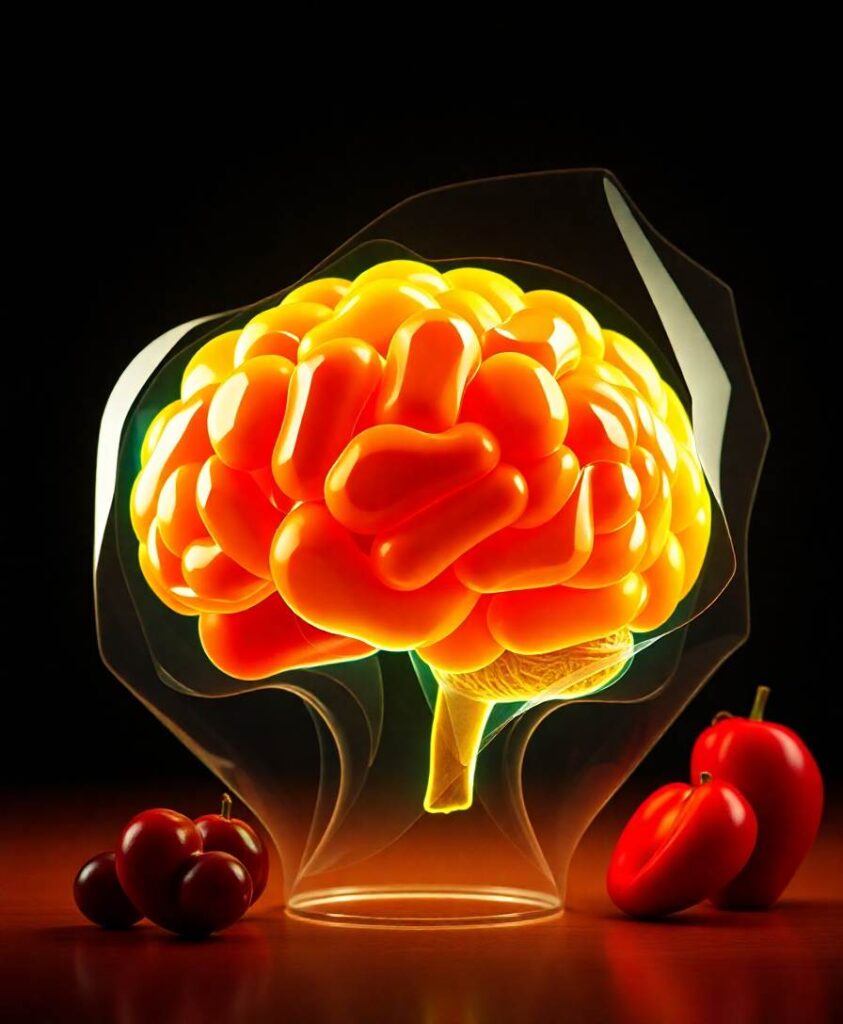BackgroundThe number of patients with Alzheimer’s disease (AD) worldwide is increasing yearly, but the existing treatment methods have poor efficacy. Transcranial alternating current stimulation (tACS) is a new treatment for AD, but the offline effect of tACS is insufficient. To prolong the offline effect, we designed to combine tACS with sound stimulation to maintain the long-term post-effect.Materials and methodsTo explore the safety and effectiveness of tACS combined with sound stimulation and its impact on the cognition of AD patients. This trial will recruit 87 patients with mild to moderate AD. All patients were randomly divided into three groups. The change in Alzheimer’s Disease Assessment Scale-Cognitive (ADAS-Cog) scores from the day before treatment to the end of treatment and 3 months after treatment was used as the main evaluation index. We will also explore the changes in the brain structural network, functional network, and metabolic network of AD patients in each group after treatment.DiscussionWe hope to conclude that tACS combined with sound stimulation is safe and tolerable in 87 patients with mild to moderate AD under three standardized treatment regimens. Compared with tACS alone or sound alone, the combination group had a significant long-term effect on cognitive improvement. To screen out a better treatment plan for AD patients. tACS combined with sound stimulation is a previously unexplored, non-invasive joint intervention to improve patients’ cognitive status. This study may also identify the potential mechanism of tACS combined with sound stimulation in treating mild to moderate AD patients.Clinical Trial RegistrationClinicaltrials.gov, NCT05251649. Registered on February 22, 2022.


